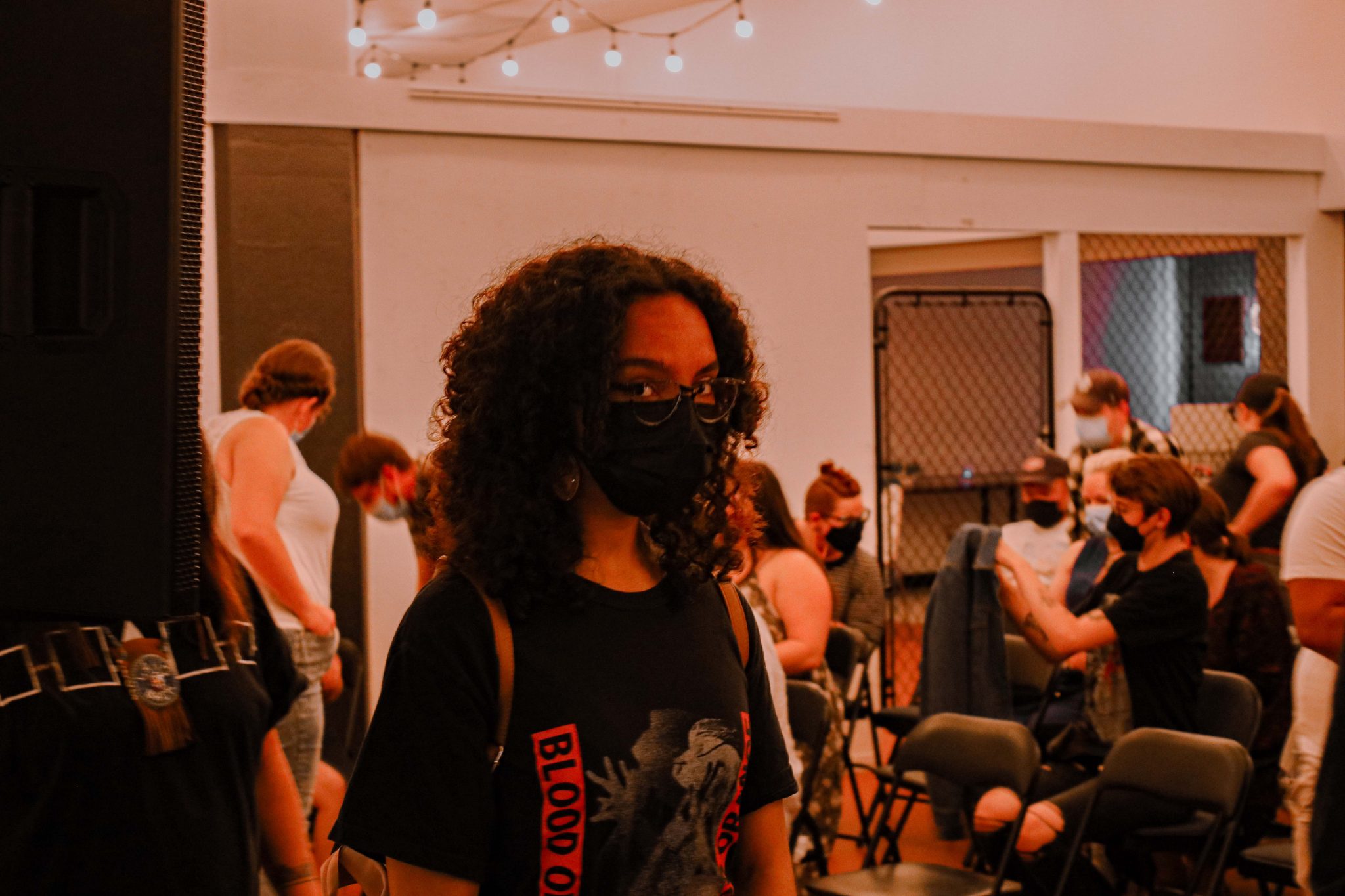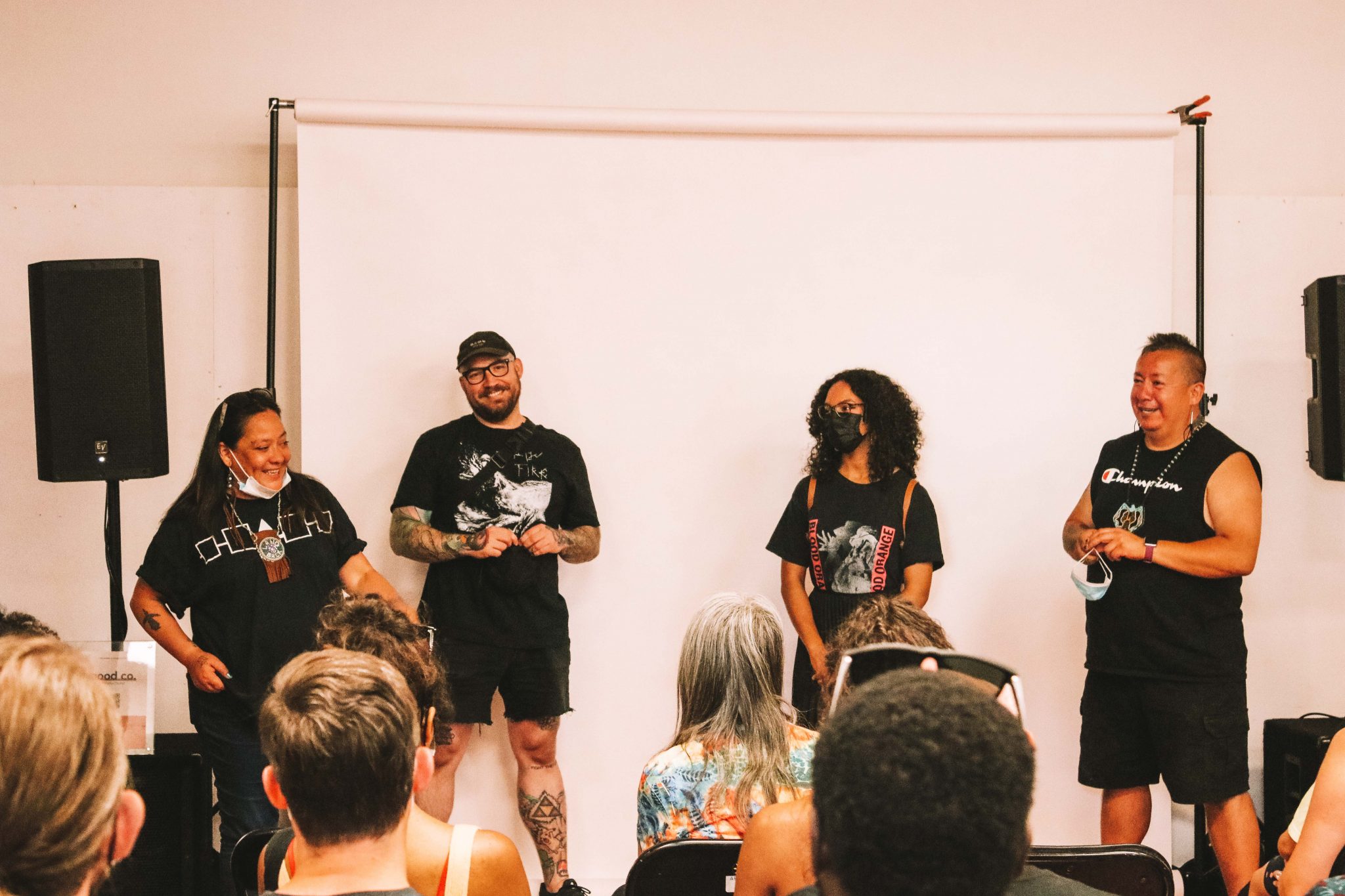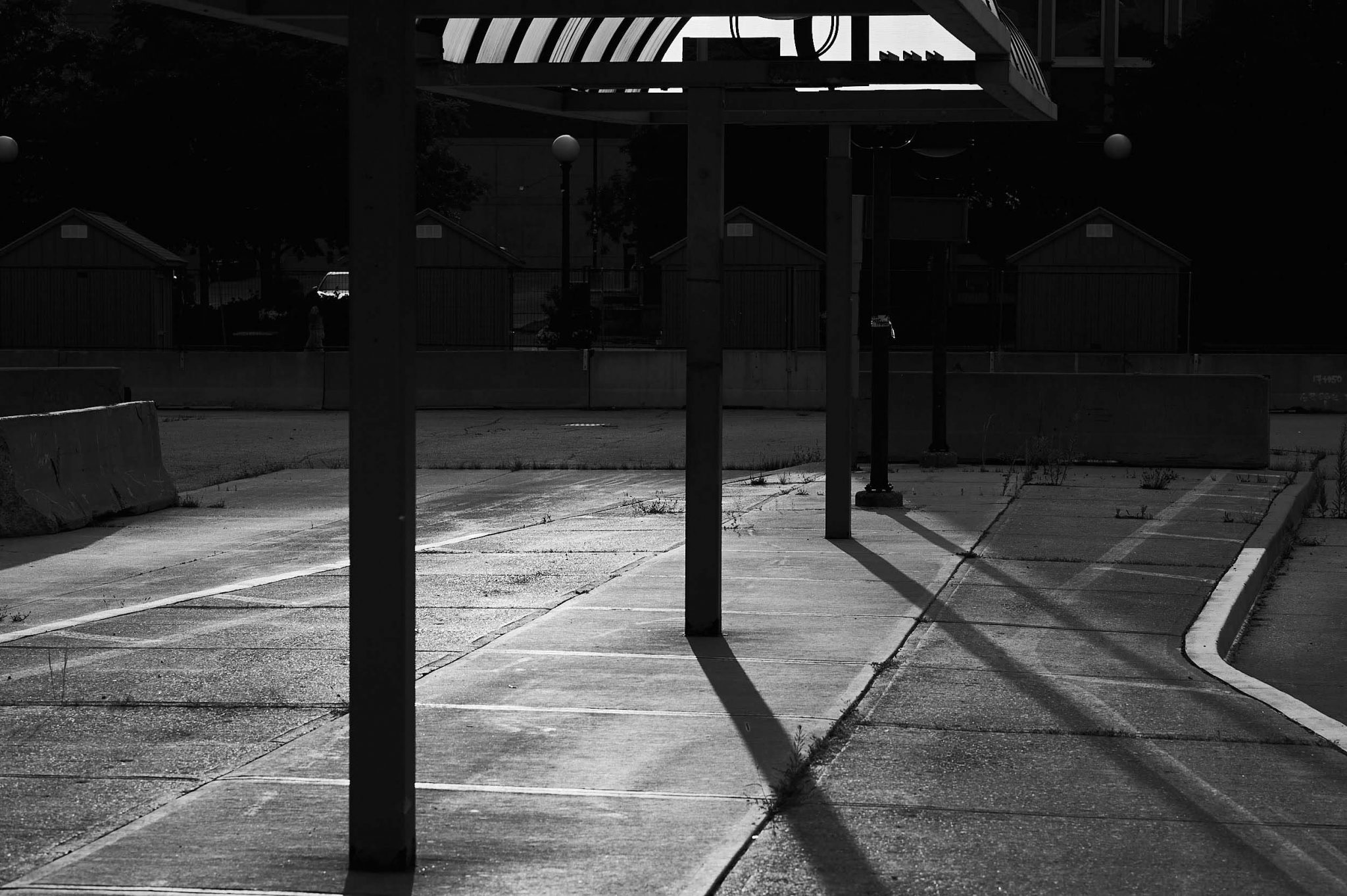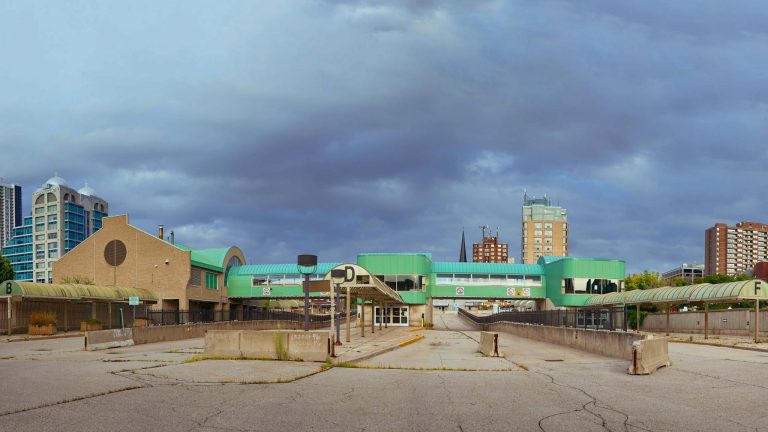After bus service to the Charles Street Transit Terminal ceased in 2019, its fate became uncertain. Since then, the city of Kitchener has conducted public consultations for redevelopment of that area.
On July 22, Recollections & Imaginings: A Collection of Stories about the Charles Street Bus Terminal was screened at 44 Gaukel Street. It ran concurrently with a market featuring a variety of local vendors.
Niara van Gaalen is a fourth-year architecture student at the University of Waterloo and the starting point of this documentary. Initially, van Gaalen was working on a project for school with fellow student Enoch Liu and they created a vision board along with Amy Smoke and Bangishimo Johnston. They presented it to the Region of Waterloo in Fall 2021 with 3500 signatures showing support from the community.
“[I thought] it’d be a shame if this was turned into another condo or another dead urban space like you can see in Uptown Waterloo, where they have like the intersection of many modes of transport being the shops, which is a totally dead space,” van Gaalen said.
“It would be a disaster for our downtown if the same thing happened—to hear that they make a poor choice for economic reasons.”
The idea to create a film came about in December 2021.



The documentary was divided into two parts which emerged naturally in the conversations with interviewees—recollections about the terminal and imaginings of its potential future.
While the terminal was an important place of transportation, many community members also saw the terminal as a place of connection and community-building. For the people featured in the documentary, the terminal was a place to meet people from all walks of life they would not have encountered otherwise, a place to become familiar with the community, a middle space between their home and their destination and a representation of the Region from the beginning.
“The terminal was a spot where I was able to grow up and become more familiar with my community and feel safe almost. Because at a time I was afraid of downtown when I didn’t live in the area. I was encouraged to be here and see people see familiar faces…there was a center point and I felt really rooted at Charles Street terminal,” one of the interviewees said.
Although interviewees had different ideas on what the space could look like, they agreed that whatever replaces the terminal should continue to foster an intersection of people from all walks of life and a sense of community, a space that would be safe for BIPOC people as well.
“If I was to envision a purpose for this space that was grounded in community, first and foremost, to be grounded to the needs of the community, what is it that they need, and we’ve been we’ve been hearing things from the ground and those needs revolve around a reclamation of land a restoration of relationships on that land, and, and a demonstration of justice that’s grounded in community and driven by communities,” one interviewee said in the film.
“The space needs to be a community gathering point like it once used to be, but it will look different because the community looks different,” they said.


The creators of the documentary envisioned a space with affordable housing and safe consumption options—idealistic, as they acknowledged, but something to hope for nonetheless.
“People see the land as a place of gathering and intersection whether it’s historically with Indigenous peoples or stories people told in the film about how they met people there, but I think that idea of a place of gathering and continuing in that ethos, I think that’s really the thing to take,” van Gaalen said
The creators hope to continue the conversation and encourage community members to engage with each other and local politicians about the terminal’s future.
“I really encourage people to check out the stuff we’ve already done like the petition and letters we’ve had and to write their own letters because the more people we can get putting pressure on the region, the more likely it is that we can manage to keep the land as a community space,” van Gaalen said.

